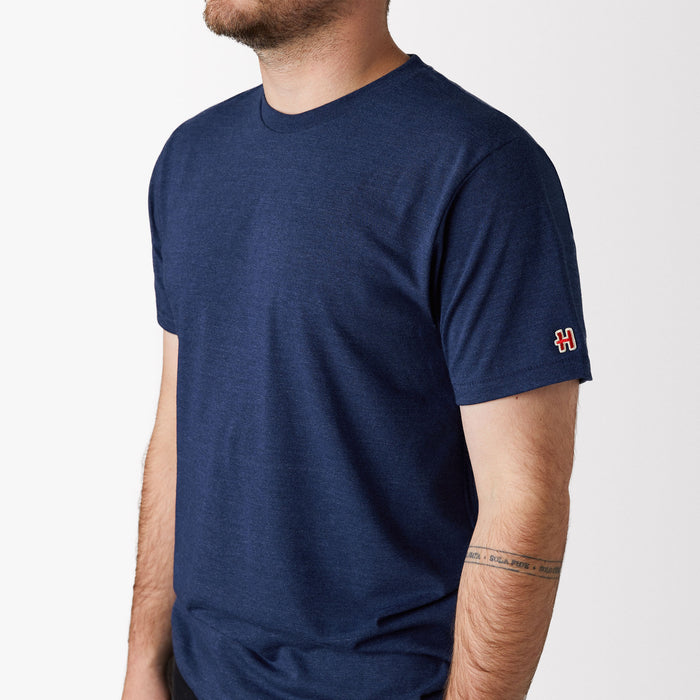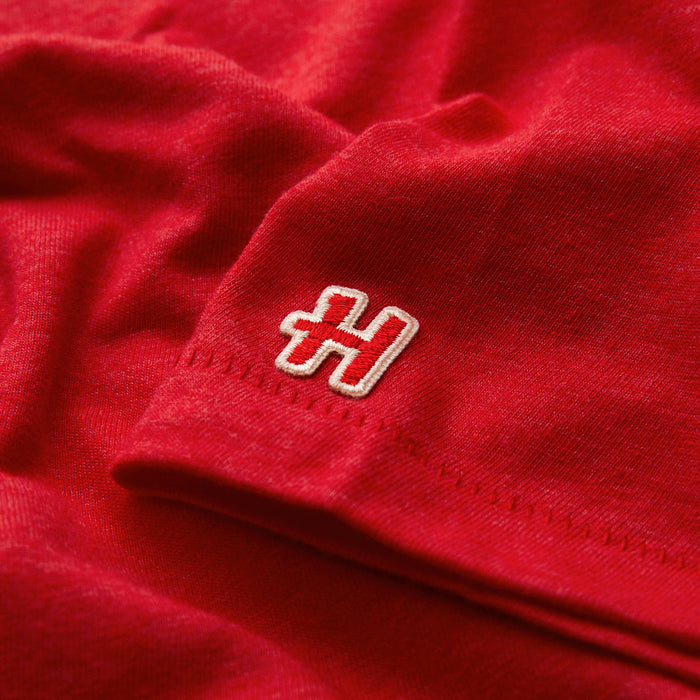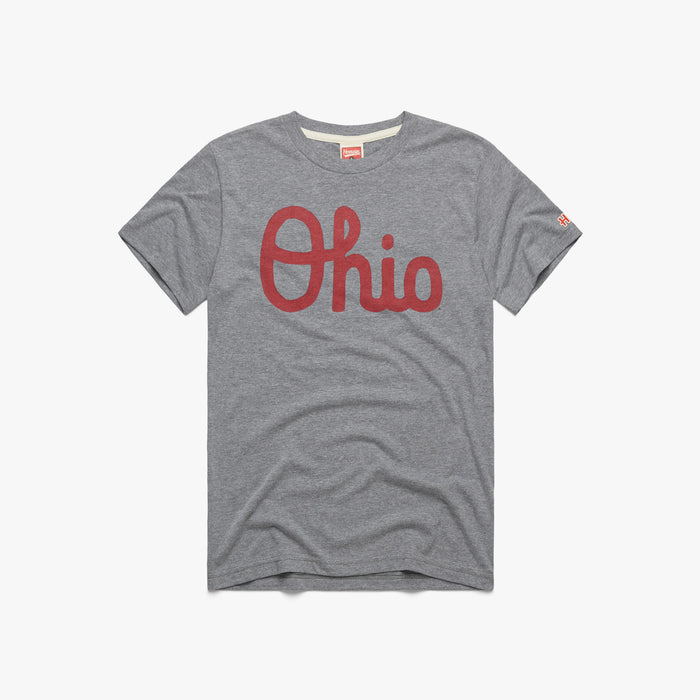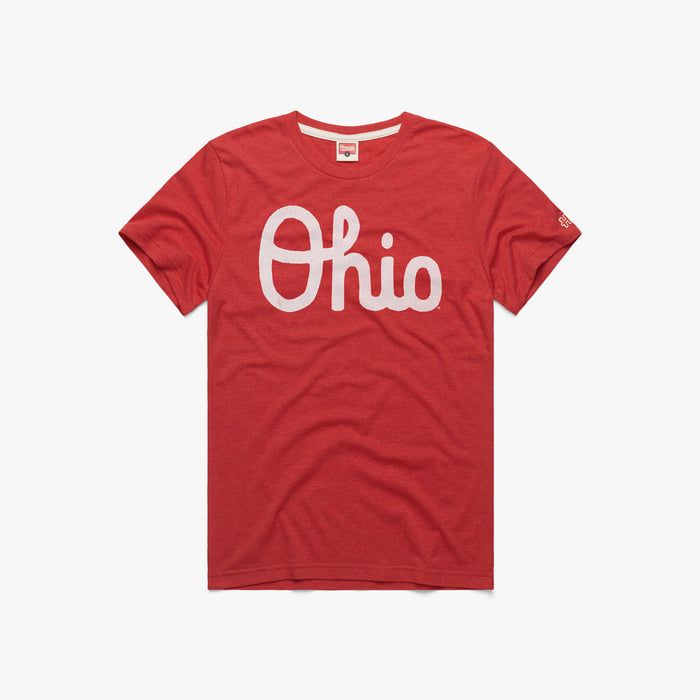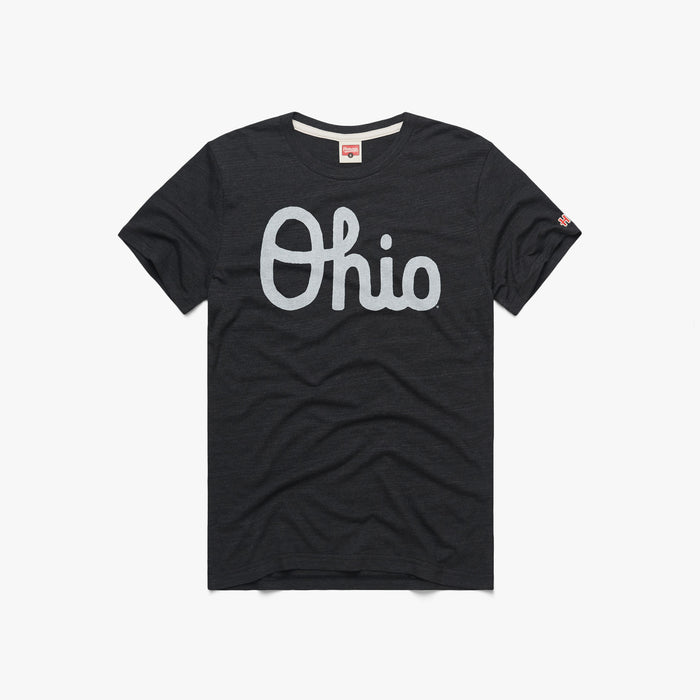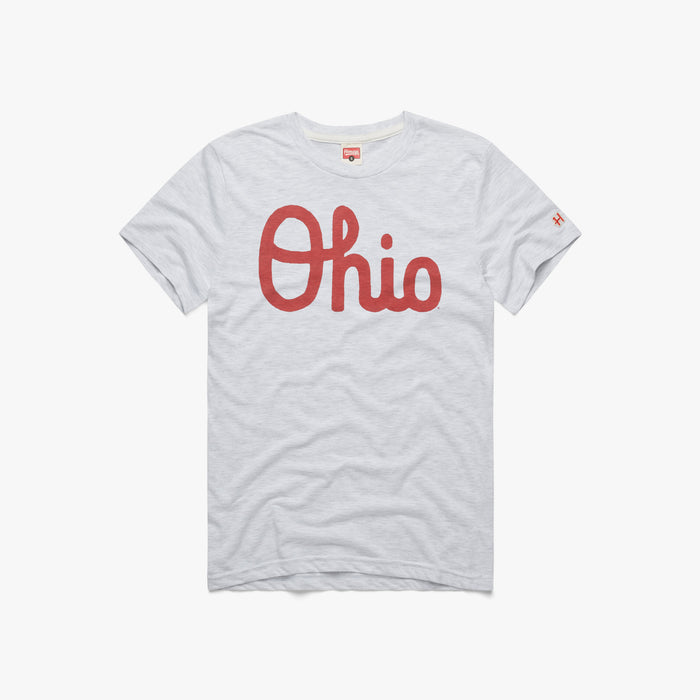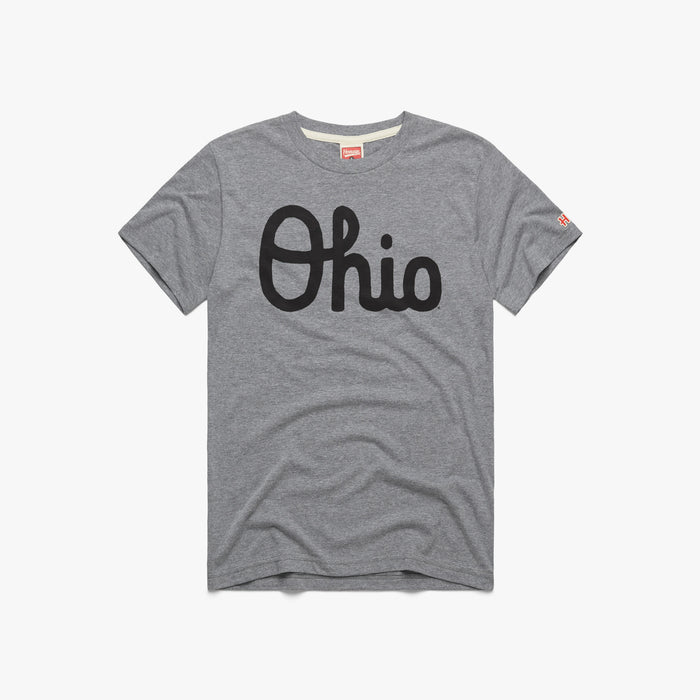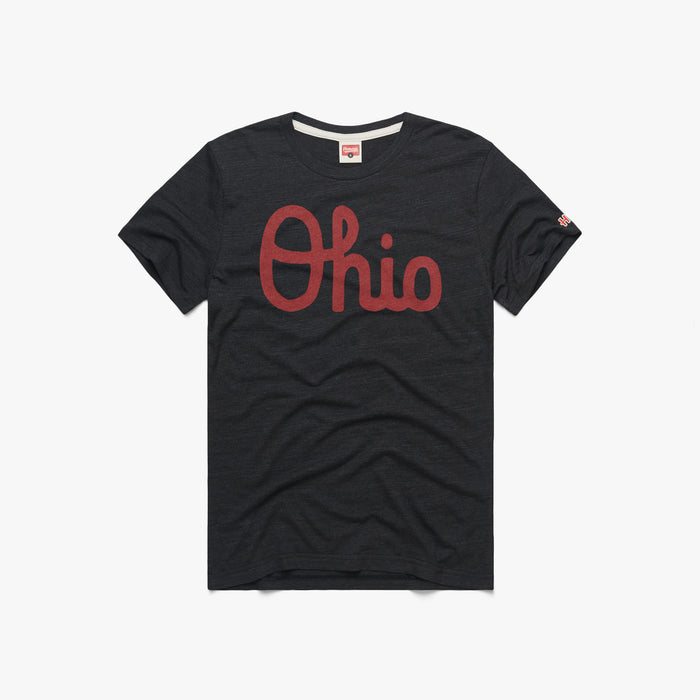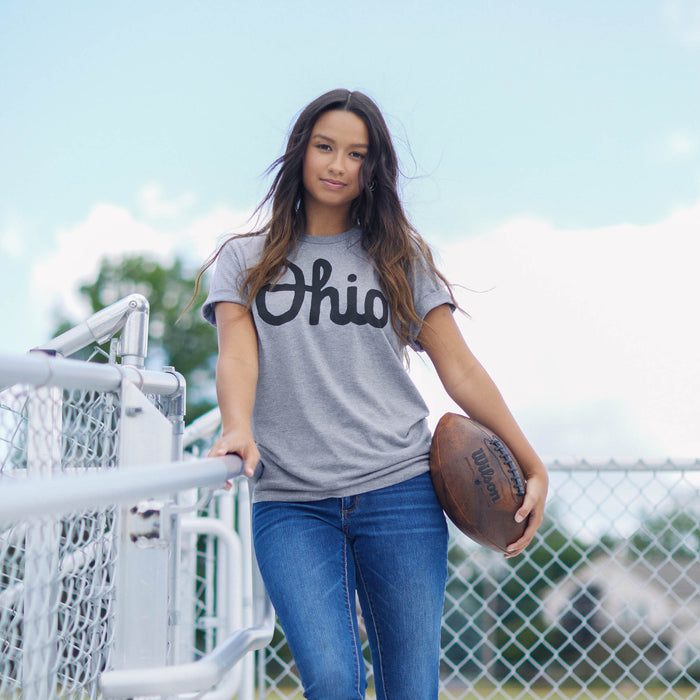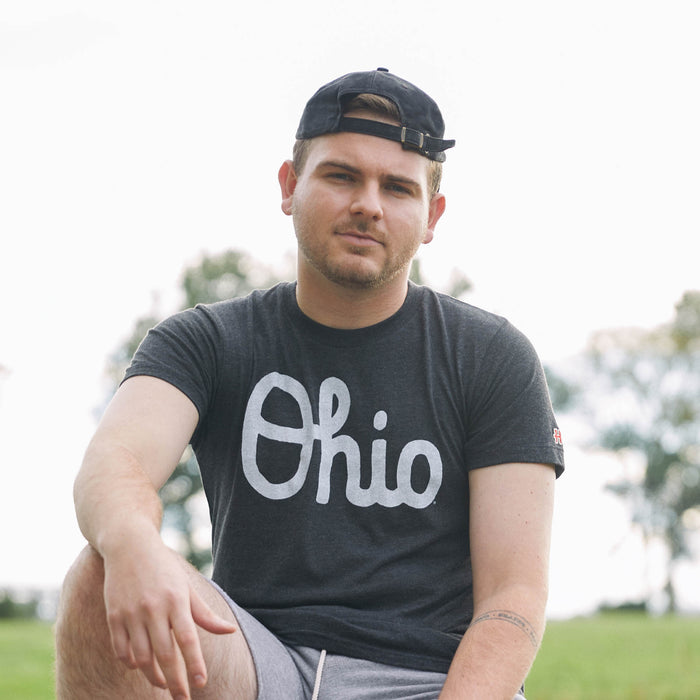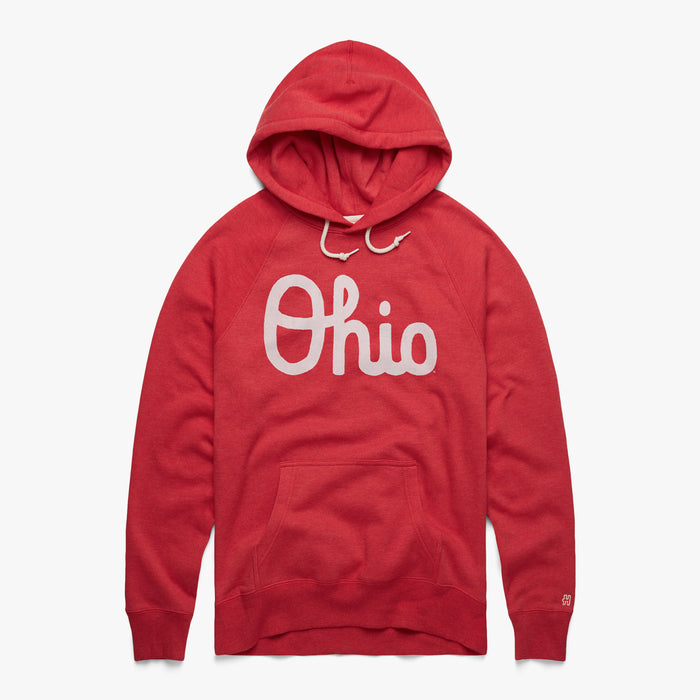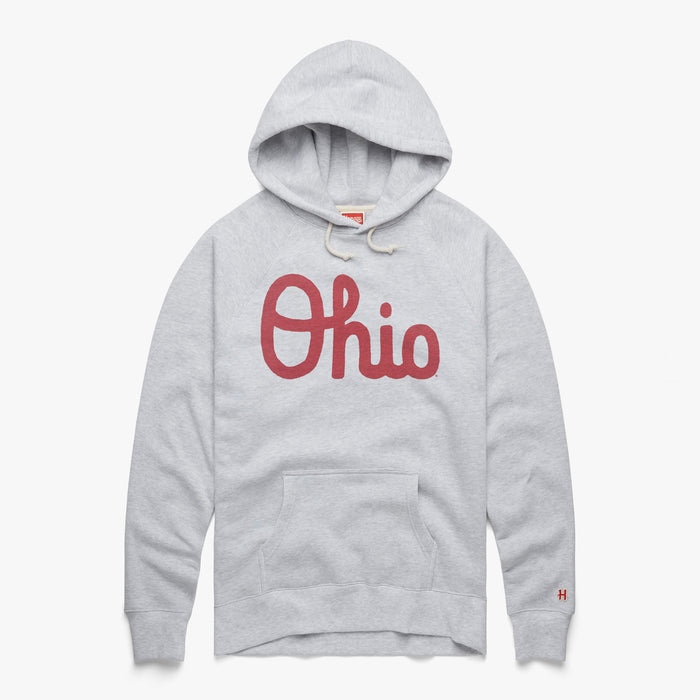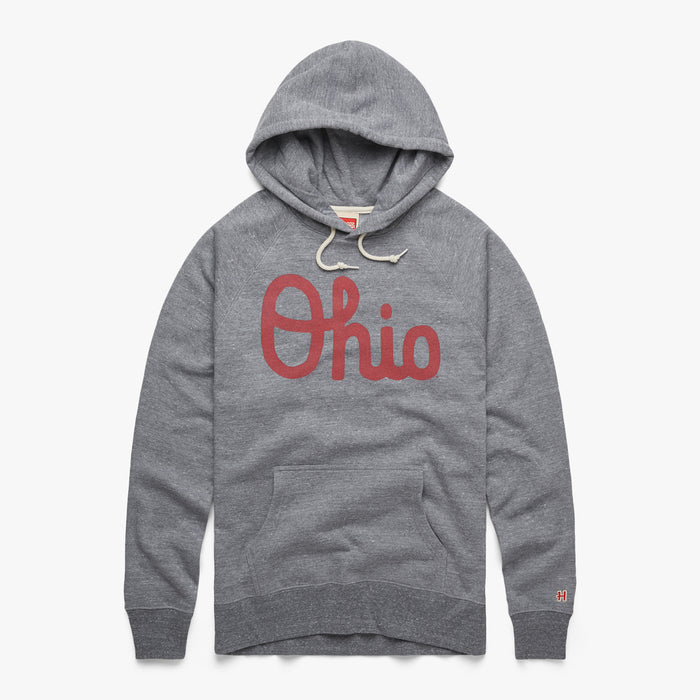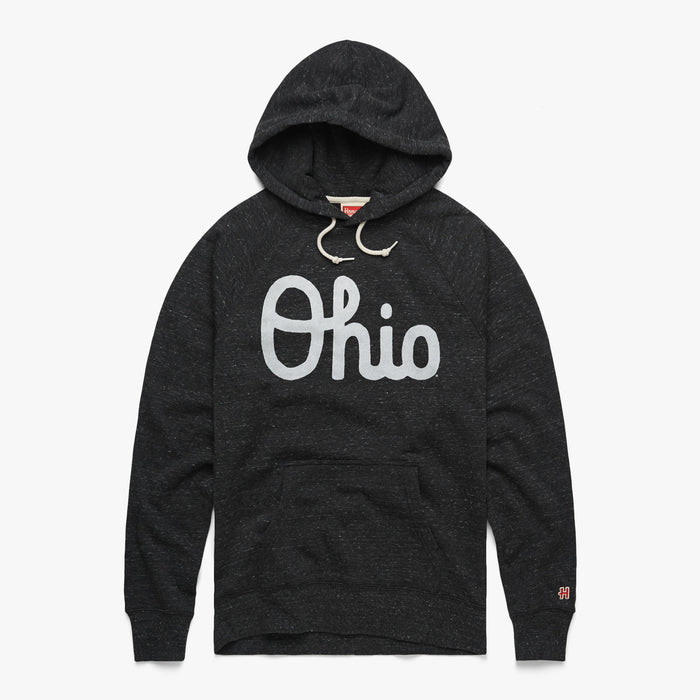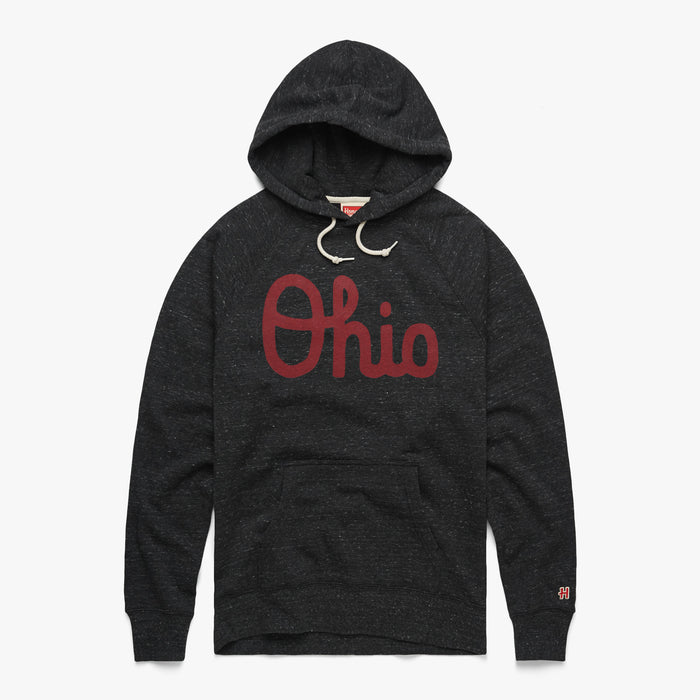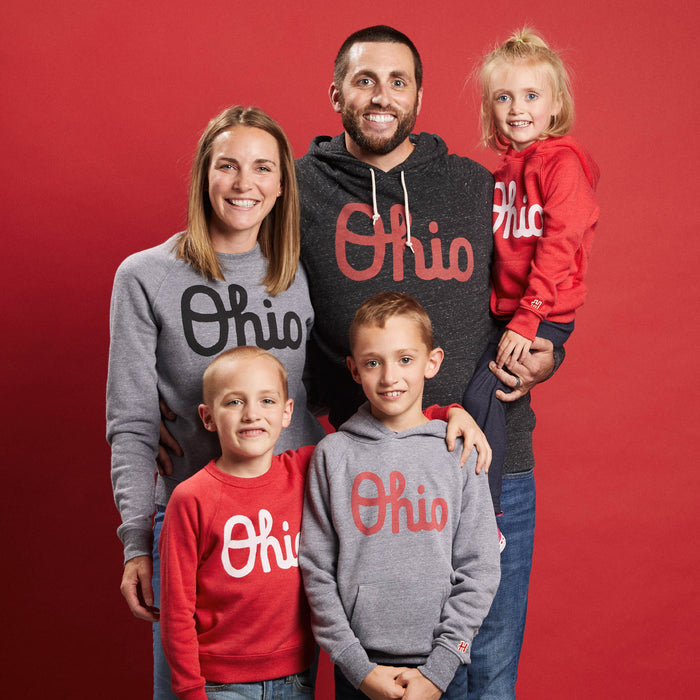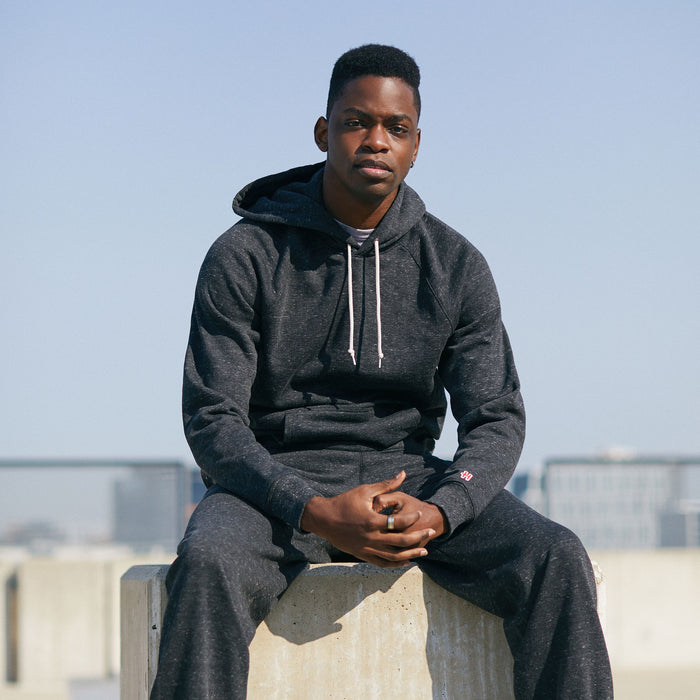
If you missed part one in our exploration of Cincinnati's rich baseball heritage, click here to catch up on the early years.
Ahead of tonight’s MLB All-Star Game at Cincinnati’s Great American Ball Park, we’re finishing our tour through the Queen City’s baseball history with stops during the most celebrated years. When last we left off, the Reds had captured their first World Championship in 1919, and we were riding high. Unfortunately, our return begins at an all-time low.
With the nation suffering through the Great Depression, Cincinnati was not immune from the distress. That meant the loss of jobs and businesses, and, with the Reds in the red, heart-breakingly the heartbeat of the city shuttered as well. After the franchise fell into bankruptcy in 1931, a knight in shining red armor arose: tycoon Powel Crosley Jr. Using the fortune he amassed from selling electronics—namely radios—Crosley resurrected the team in 1933. Redland Field became Crosley Field, and the franchise steadily regrouped. By the late 1930s, the Reds became known as a pitching powerhouse with triumvirate Paul Derringer, Bucky Walters and Johnny Vander Meer, the last becoming the first in the league to throw two successive no-nos in 1938. The same year Vander Meer threw his no-nos, Cincinnati hosted its inaugural All-Star Game, and the city rallied behind the diamond. While the 1930s began bleakly for Cincy baseball, the decade finished on a high note with the Reds taking the 1939 National League Pennant. The team carried the momentum into the following year to claim their second World Championship in the seventh and final series game against the Detroit Tigers in 1940, thus completing a total 180 from the years of the Great Depression.

Alas, history had another curveball in store for the team, as communism gained traction overseas. The widespread unrest of McCarthyism and the Second Red Scare caused the Reds to disassociated themselves from the franchise name, and at the height of the tumult in 1953, the franchise changed its team name to the Cincinnati Redlegs, refashioned its logo to emphasize the “wishbone C” and removed “Reds” from the uniforms. While the years were not particularly successful on the field, the upheaval did not affect the league in awarding the All-Star Game to Cincinnati, the city hosting it for the second time in 1953.
Cincinnati’s storied tradition continued into the 1960s with its team back to the long-standing name of the Reds. The team rallied early in the decade for the 1961 National League Pennant, and the Reds began a return to form as a result of fielding legends Jim Maloney, Pete Rose and Johnny Bench among others. The roster was set for the era of the Big Red Machine, the city’s most epic baseball years.
In 1970, two weeks before Cincinnati hosted the All-Star Game for the third time, the Reds moved to Riverfront Stadium, a new stadium for the new era of dominance. Seating 52,952 at capacity, Riverfront was regularly packed as the team’s mammoth hitting roster and loaded bullpen tore through the league: with the exception of 1971, the Reds compiled, on average, more than 100 wins each season between 1970 and 1976. Under the guidance of superstar manager George “Sparky” Anderson, with the hitting prowess of Johnny Bench, Tony Pérez and Pete Rose and pitching mastery of Jim McGlothlin, Jim Merritt, Gary Nolan, Wayne Simpson, the Reds brought home the National League Pennant in 1970 and ‘72. But in 1975 and 1976 the Reds went one step further. With saving-machines Rawly Eastwick and Will McEnaney in the bullpen combined with the “Great Eight”—Tony Pérez at first, Joe Morgan at second, Dave Concepción at shortstop, Pete Rose at third, Johnny Bench at catcher, Ken Griffey at right field, César Gerónimo at center field and George Foster at left—Cincinnati put on an absolute clinic to win National League Pennants and World Series titles back-to-back years.

The dominance of the Big Red Machine has long been reported, but still, nearly 40 years since the Reds scored their third World Series title in 1975, the numbers don’t get old. From the Reds’ ‘75 opener to the final World Series game in ‘76, the team went a staggering 224-117—that’s over a .656 winning percentage! What’s more, they didn’t drop a single game during postseason play in 1976. For reference, there is no reference: no team in the League Championship Series era, which started in 1969, has ever plowed through the postseason undefeated. This, of course, makes sense when you learn the team led the league in every major batting stat. And with seven of the “Great Eight” selected for the 1976 All-Star Game, the 1976 Reds team will forever be the greatest to step foot on a diamond—for us, at least.
It would be another 14 years before Cincinnati saw a roster nearly as robust as the Big Red Machine. With Lou Piniella at the reins during the Reds 1990 season, the bang-up lineup of Chris Sabo, Barry Larkin Eric Davis, Paul O’Neill, Billy Hatcher and Jack Armstrong complemented the “Nasty Boys” relief pitching staff of Norm Charlton, Rob Dibble and Randy Myers. The season started with nine straight wins and placed Cincinnati’s atop the National League West, where they would stay for a wire-to-wire run, capped off with a 4-0 rout of overwhelming favorites the Oakland Athletics in the World Series. If winning the franchise’s fifth World Series title wasn’t enough, the 1990 Reds became the only National League team to go wire-to-wire during the 162-game regular season schedule.

After the banner year, the Reds experienced tougher competition and failed to win their division until 1995 when National League MVP Barry Larkin helped invigorate the team, leading to the National League Championship Series against the Atlanta Braves.
In 2003, more than 130 years since professional baseball debuted in Cincinnati, the city inaugurated new stadium Great American Ball Park, following the teardown of Riverfront/Cinergy Stadium the year before. The sold-out opening day kicked off yet another new era for Cincinnati baseball, and the following year the franchise established the Cincinnati Reds Hall of Fame to celebrate baseball’s long-standing city history. The Reds spent the rest of the decade rebuilding their roster, and in 2010, led by National League MVP Joey Votto, they returned to their winning ways and won their division. They repeated in 2012 for their 10th division title overall and third Central.
From the Red Stockings to the Big Red Machine, the first World Championship in 1919 to the wire-to-wire 1990 Reds, pay homage to more than 140 years of highlights with our all-new Cincy gear. SHOP CINCY BASEBALL TEES














